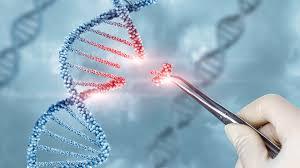News
Exploring Gene Therapy for Hemophilia: Benefits, Challenges, and Future Direction

Exploring Gene Therapy for Hemophilia: Benefits, Challenges, and Future Direction
Gene therapy represents a groundbreaking development in the treatment of hemophilia, offering the potential for long-term relief from bleeding episodes and a reduced reliance on regular factor replacement therapy. Clinical trials for therapies like etranacogene dezaparvovec (Hemgenix) and valoctocogene roxaparvovec (Roctavian) have shown promising results with Hemgenix demonstrating an 80% reduction in treated joint bleeds, while Roctavian showed significant short-term benefits. However, both therapies face challenges such as variability in patient response, uncertainty about the duration of effectiveness, and potential long-term safety concerns.
Despite these limitations, gene therapy provides hope for improved quality of life for hemophilia patients. Experts emphasize the need for outcomes-based agreements to address costs and risks, long-term patient registries for monitoring, and ongoing research to optimize these therapies. As the field advances, the focus remains on overcoming these barriers to make gene therapy a viable, sustainable solution for more patients.
– Efficacy: Therapies reduce bleeding episodes significantly, with some patients achieving near-normal clotting levels.
– Challenges: Questions remain regarding the long-term durability of benefits and safety.
– Next Steps: Continued research, cost agreements, and patient follow-up are critical to advancing gene therapy.
For those interested in the details, you can explore the full reports here:

